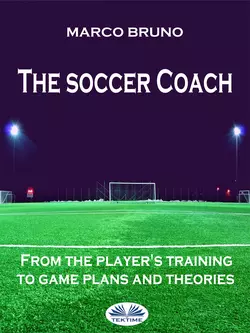The Soccer Coach

Marco Bruno
Тип: электронная книга
Жанр: Хобби, увлечения
Язык: на английском языке
Стоимость: 1257.28 ₽
Статус: В продаже
Издательство: TEKTIME S.R.L.S. UNIPERSONALE
Дата публикации: 16.04.2024
Отзывы: Пока нет Добавить отзыв
О книге: The Soccer Coach, электронная книга автора Marco Bruno на английском языке, в жанре хобби, увлечения